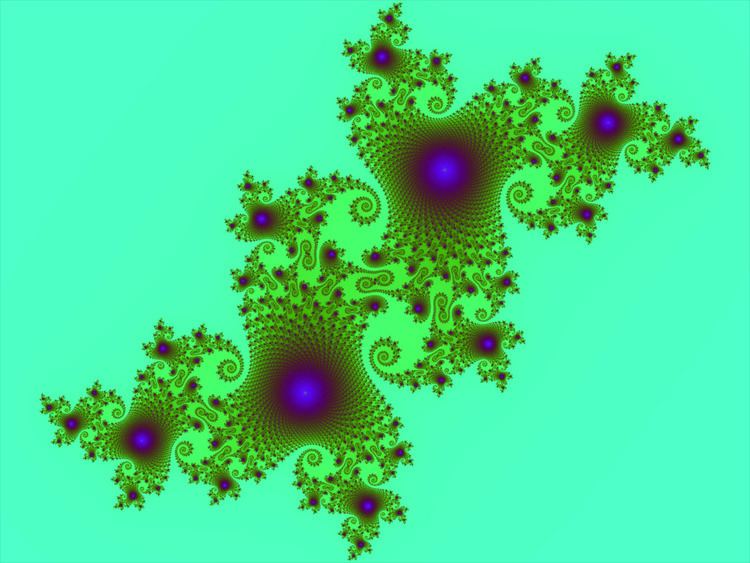 | ||
In mathematics, the Hutchinson metric is a function which measures "the discrepancy between two images for use in fractal image processing" and "can also be applied to describe the similarity between DNA sequences expressed as real or complex genomic signals".
Formal definition
Consider only nonempty, compact, and finite metric spaces. For a space
the embedding associating to
If
is Borel measurable then the induced map
associates to
for all
Then the Hutchinson metric is given by
where the
Then
is Lipschitz then
is Lipschitz with the same Lipschitz constant.
